The 2019 edition of miart, Milan’s international modern and contemporary art fair, is one of the best ever, if not the best ever. Very well attended, positive comments, an international audience, a parade of celebrities on preview day, and above all many quality stands. In the modern sector there are works that would look great on display in museums, and on the contemporary there were important international galleries that brought, between the corridors of fieramilanocity, up-to-date and high-level proposals. An excellent job, that of the director Alessandro Rabottini: however, to make an extra shot in the future, there will have to be improvements in the organization of the spaces at the fair, the curatorship of several stands (some, perhaps too many, characterized by obvious problems of overexposure: of course, galleries go to fairs to sell, but the “market stall” effect should be carefully avoided), research (in this magazine we firmly believe that art is culture as well as market), communication to the public (the website lacks a rich catalog of the artists exhibited). However, the overall judgment is positive. And as Finestre Sull’Arte now does for major fairs, here is the long-awaited list of the ten stands not to be missed (and this time we also introduce four special mentions), which we present below in strict alphabetical order.
1. G.A.M. Gallery of Major Art
G.A.M. Galleria d’Arte Maggiore is the protagonist of the Generations section, the one that offers dialogues between two artists from different (and in some cases distant) generations. The Bolognese gallery has made a selection of works by Giacomo Balla (Turin, 1871 - Rome, 1958), including the not-to-be-missed Gatti futuristi (Futurist Cats), which go in dialogue with the works of Richard Rezac (Nebraska, 1952) presented by Isabella Bortolozzi.
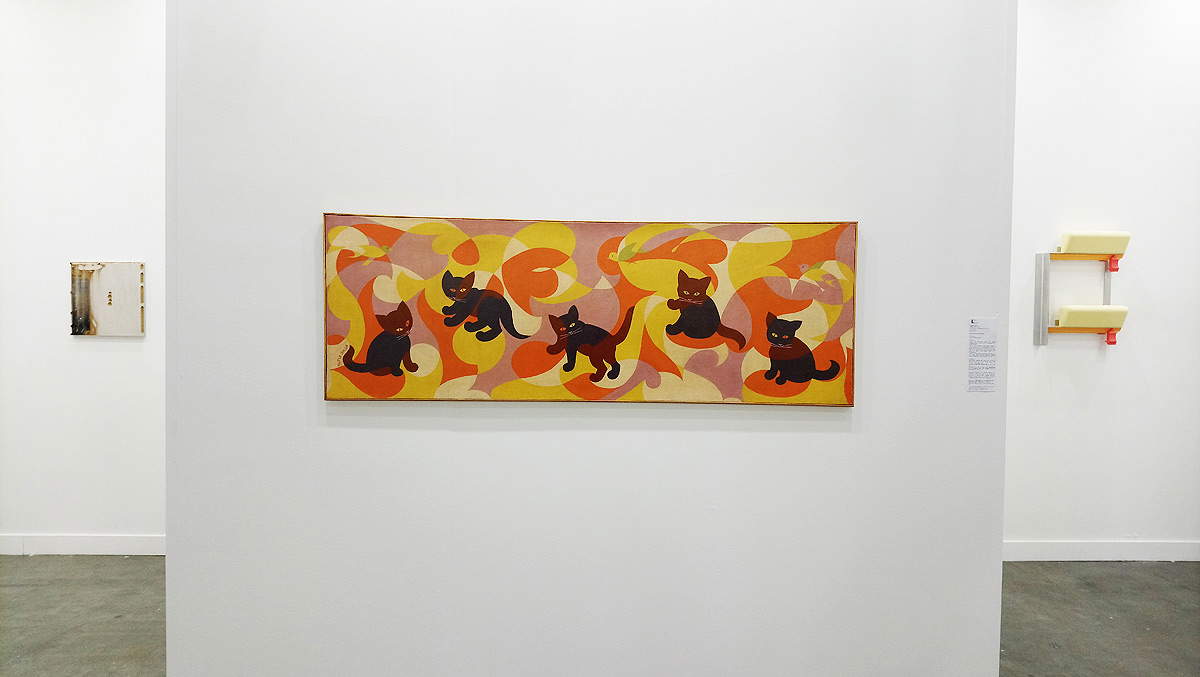 |
| Balla and Rezac at the booth of G.A.M. and Isabella Bortolozzi |
2. Hauser & Wirth
There was much anticipation for what Hauser & Wirth, one of the world’s leading galleries making its debut at miart, would bring to the Milan fair. The Swiss gallery is offering a single show by Paul McCarthy (Salt Lake City, 1945) in its booth.The American artist may or may not be liked, but he is one of the most recognized protagonists of the contemporary world scene, and the Milanese public has the opportunity to see an interesting selection of his work.
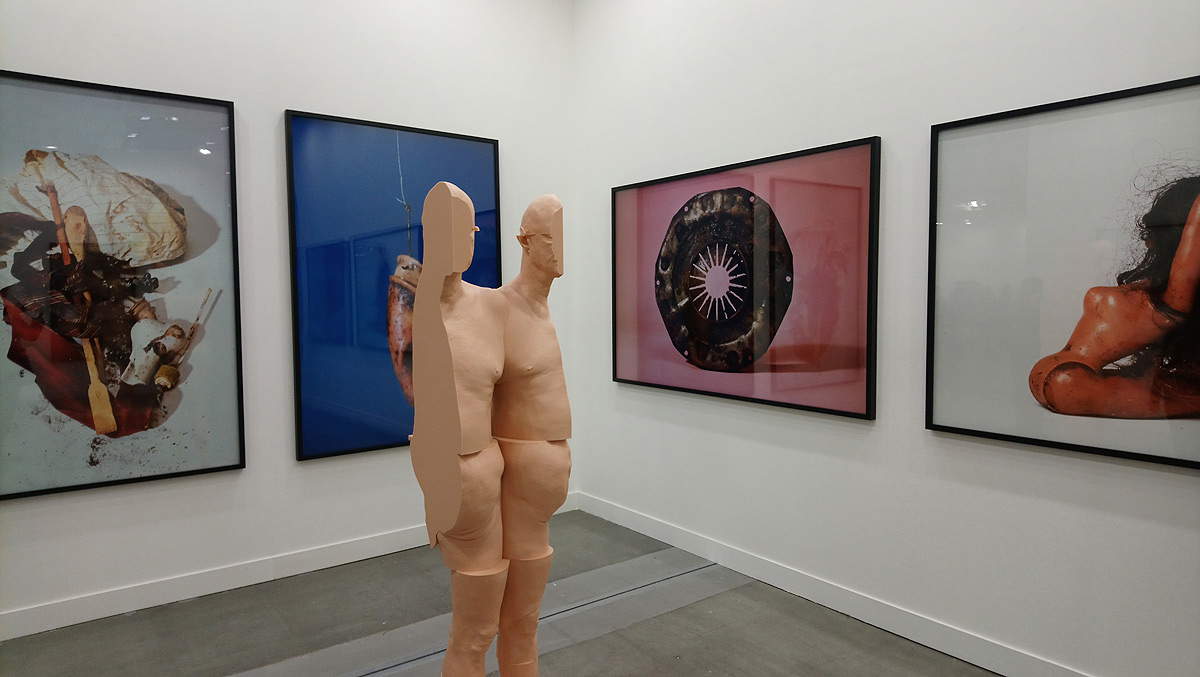 |
| Paul McCarthy’s works at the Hauser & Wirth booth. |
3. Horizont
For the Emergent section we chose Horizont, a Hungarian gallery that brings two young artists working with the languages of digital to the exhibition, Veronika Romhány and Mark Fridvalszki. Dystopias, archaeology of digital technologies, vaguely vaporwave atmospheres in a booth that does not go unnoticed.
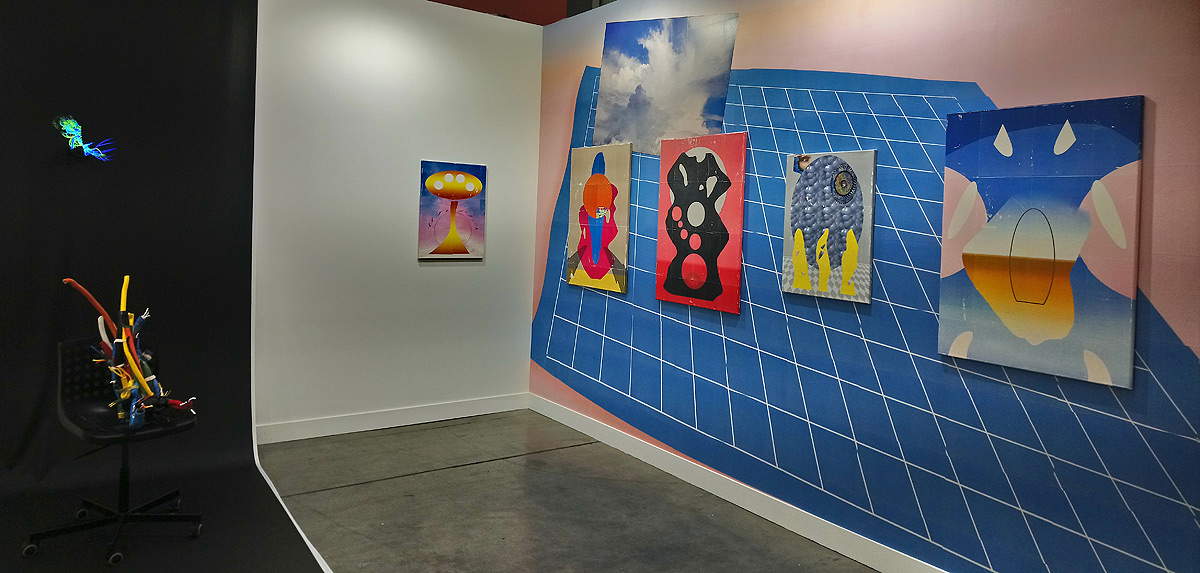 |
| Horizont’s booth |
4. Lelong
If Hauser & Wirth offers McCarthy, the Parisian gallery Lelong & Co. responds with another prominent name on the contemporary scene: David Hockney (Bradford, 1937). The works are of high quality, and the only show offered by the French gallery is one of the reasons to go to miart.
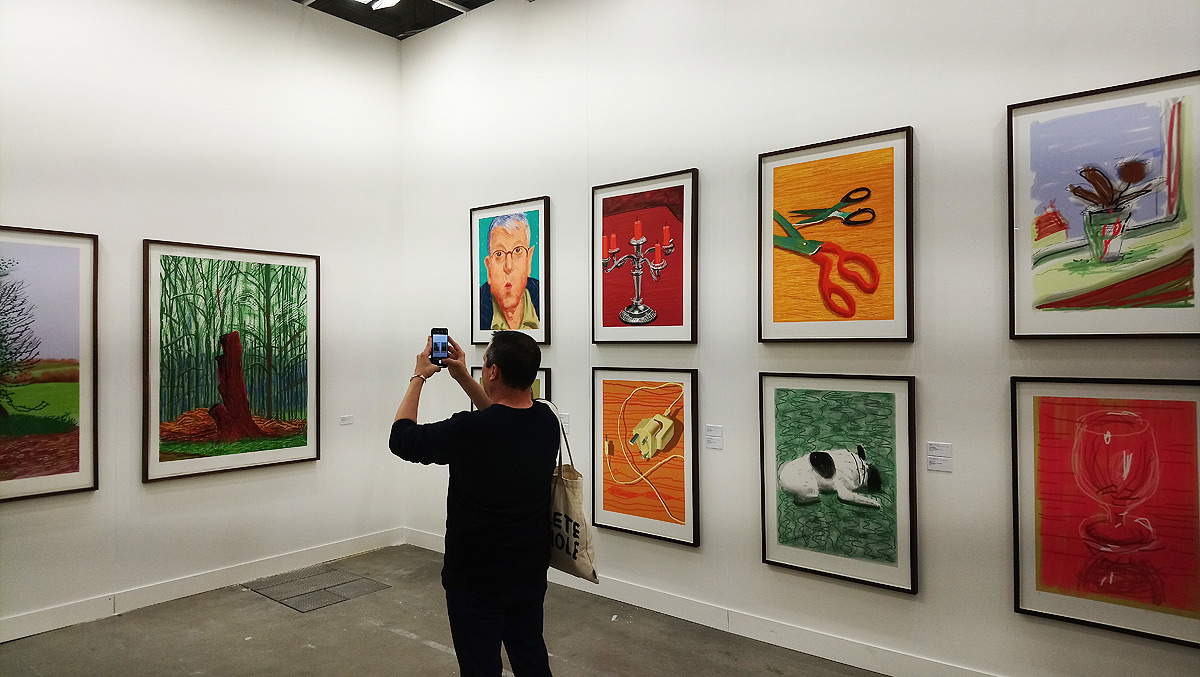 |
| Hockney’s works at the booth of Lelong & Co. |
5. Loom Gallery
There are several reasons to go to the Milan gallery Loom’s booth, starting with the works of Paul Gees (Aalst, 1949), a Belgian artist whom Loom first brought to Italy. But here not to be missed is the brief but dense dialogue between the photographs of Helmut Newton (Berlin, 1920 - West Hollywood, 2004) and those of Man Ray (Philadelphia, 1890 - Paris, 1976), another miart highlight.
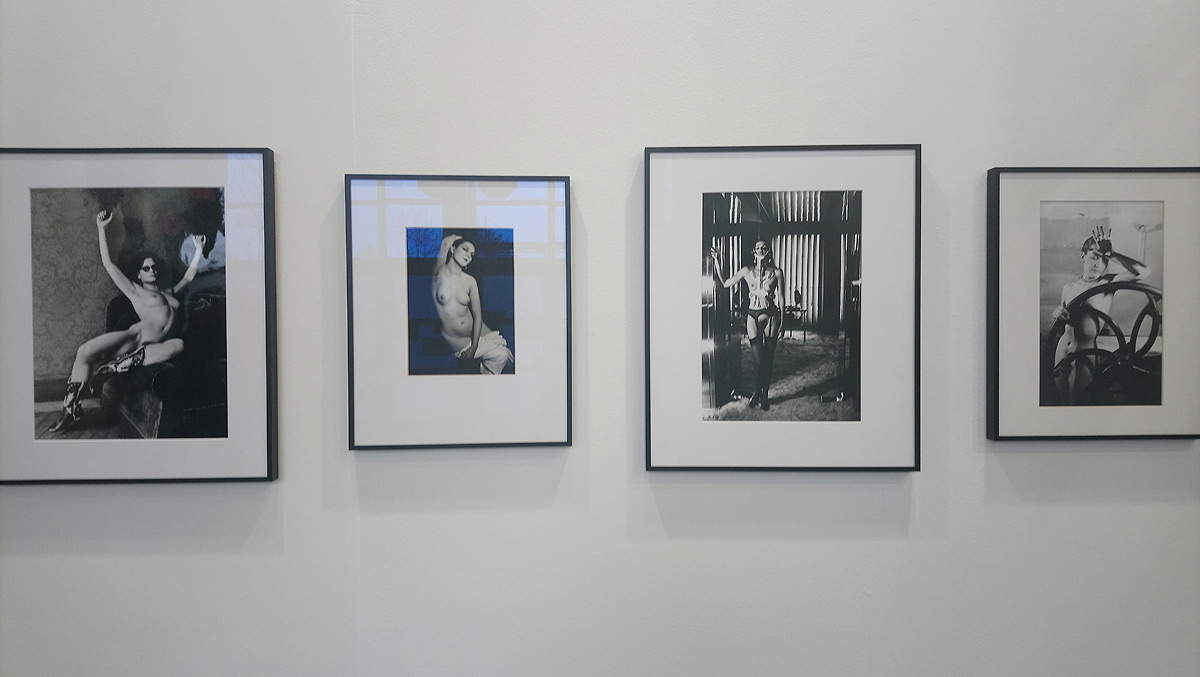 |
| Man Ray - Helmut Newton comparison at the Loom booth. |
6. Office Baroque
Among the works to devote some time to at miart is the selection of Terence Koh (Beijing, 1977) offered by Office Baroque gallery, arriving from Brussels. In a minimalist booth that features an interesting mix of emerging and mid-career artists alongside Koh.
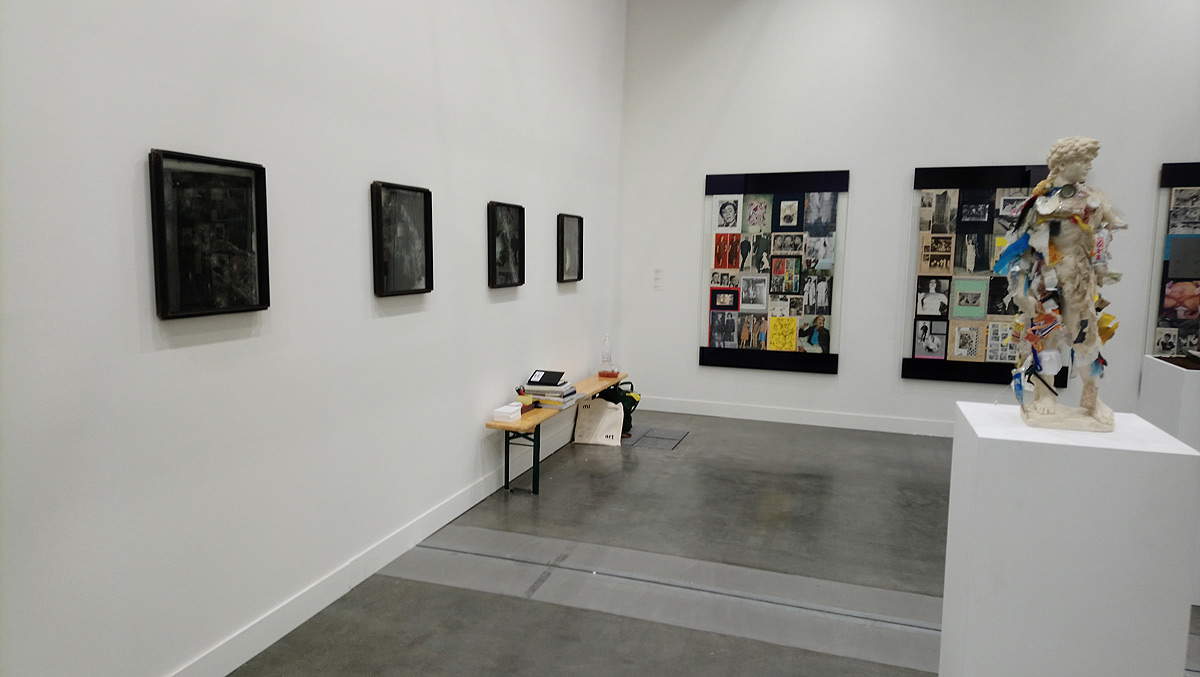 |
| Office Baroque’s booth |
7. Rizzuto
Palermo-based Rizzuto offers another minimalist booth, with a three-way dialogue: the striking landscapes of Giuseppe Adamo (Alcamo, 1982), the “natural” sculptures of Jachym Fleig (Villingen-Schwenningen, 1970) and the views of Francesco De Grandi (Palermo, 1968) to advance a reflection on the relationship between man and nature.
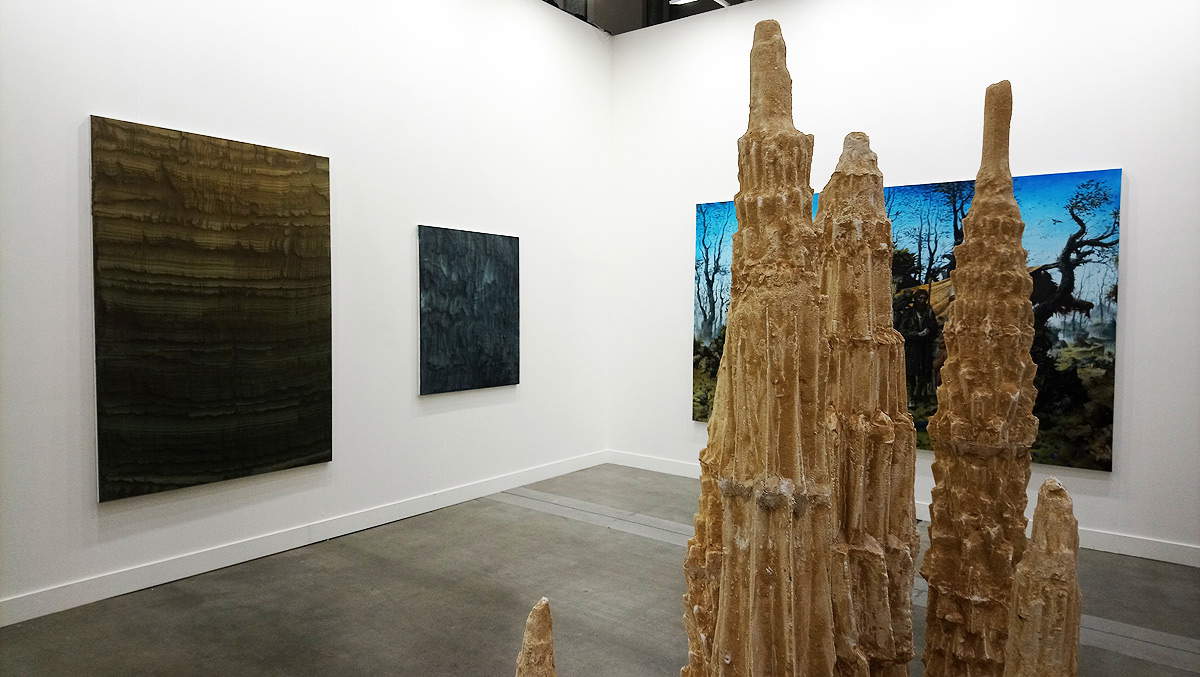 |
| Rizzuto’s booth |
8. Russo
Galleria Russo is among the stars of the Decades section, which explores the history of twentieth-century art by dividing it by decades. Russo deals with the 1930s, and there are at least two reasons to go to the booth: the small exhibition on Duilio Cambellotti (Rome, 1876 - 1960) and the extraordinary comparison between Adolfo Wildt (Milan, 1868 - 1931) and Medardo Rosso (Turin, 1858 - 1928).
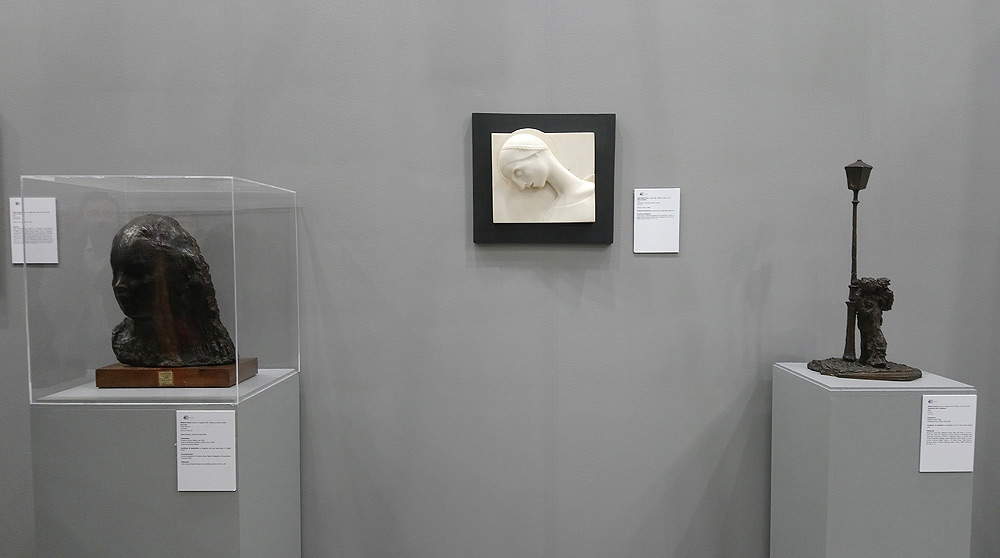 |
| Wildt and Medardo Rosso at Russo’s booth. |
9. Society of Fine Arts.
Another strong booth in the Decades section, that of the Society of Fine Arts of Viareggio brings important names from the 1910s, from Nomellini to Soffici, from Rosai to De Pisis.
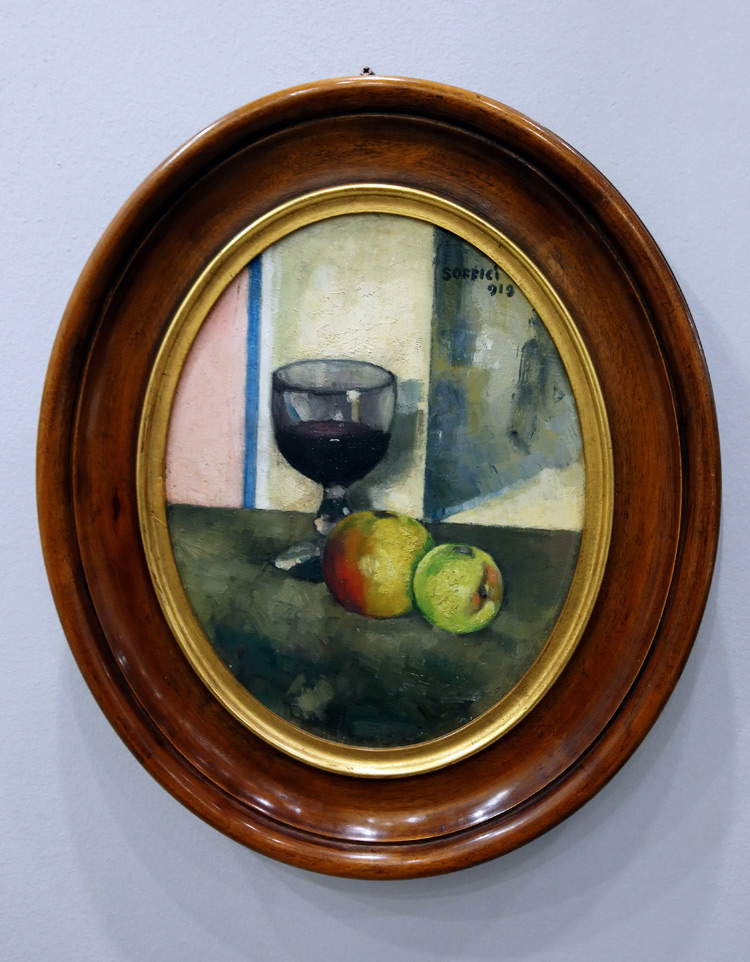 |
| A still life by Ardengo Soffici at the Società di Belle Arti stand. |
10. Z20
Sara Zanin’s Roman gallery Z20 is at miart with a single show by Evgeny Antufiev (Kyzyl, 1986): the Russian artist transforms the booth into a kind of exotic temple with probably the most impactful stunt among those to be seen at the Milan fair.
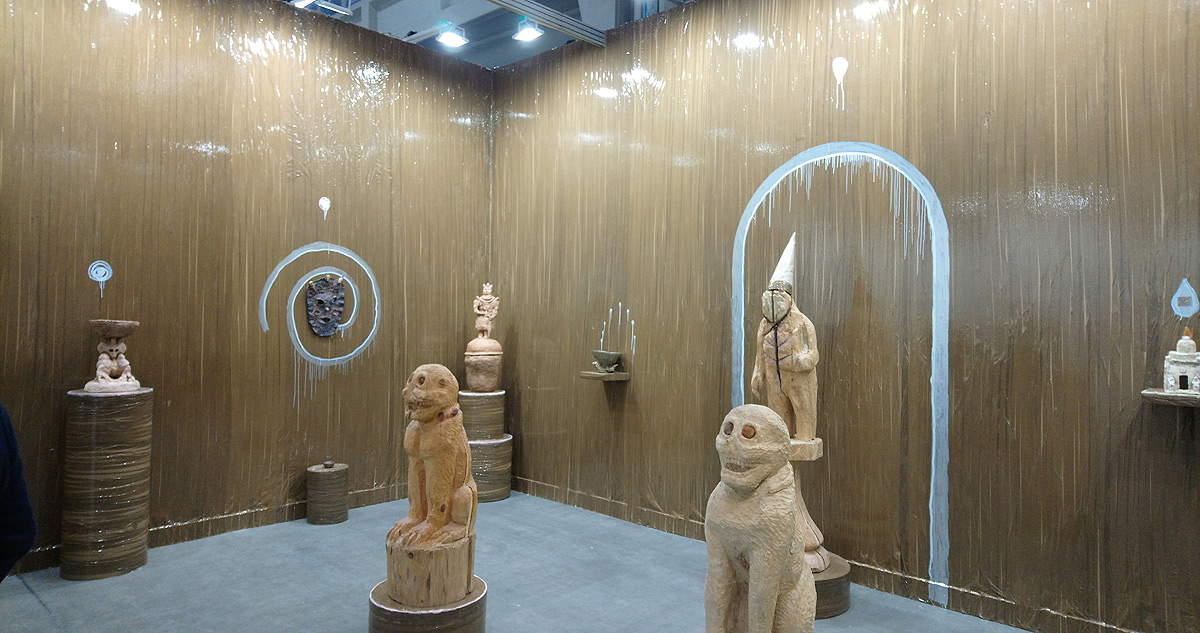 |
| The Z20 booth |
Special MentionsAmong other must-see moments, we mention four, again in alphabetical order: Campaiola ’s booth with protagonists of the early and second twentieth century (a beautiful paper by Scipione, an elephant by Pino Pascali, an extraordinary Mafai and much more), that of the Francisco Fino gallery (if it is true that the Portuguese scene is one of the most interesting in the world, the one proposed by the Lisbon gallery is a good selection to get an idea), that of Robilant + Voena (with a fine selection of Fontana’s works covering most of his production) and that of Thaddaeus Ropac (for a comparison between Baselitz and Vedova).
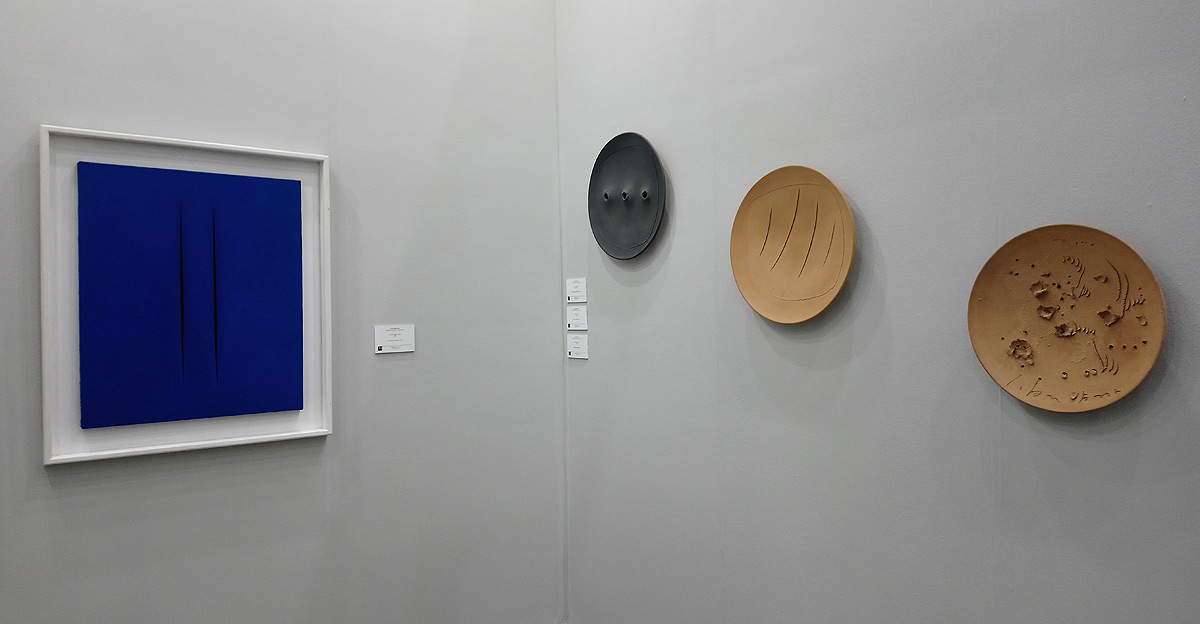 |
| Lucio Fontana at Robilant+Voena’s |
Warning: the translation into English of the original Italian article was created using automatic tools. We undertake to review all articles, but we do not guarantee the total absence of inaccuracies in the translation due to the program. You can find the original by clicking on the ITA button. If you find any mistake,please contact us.